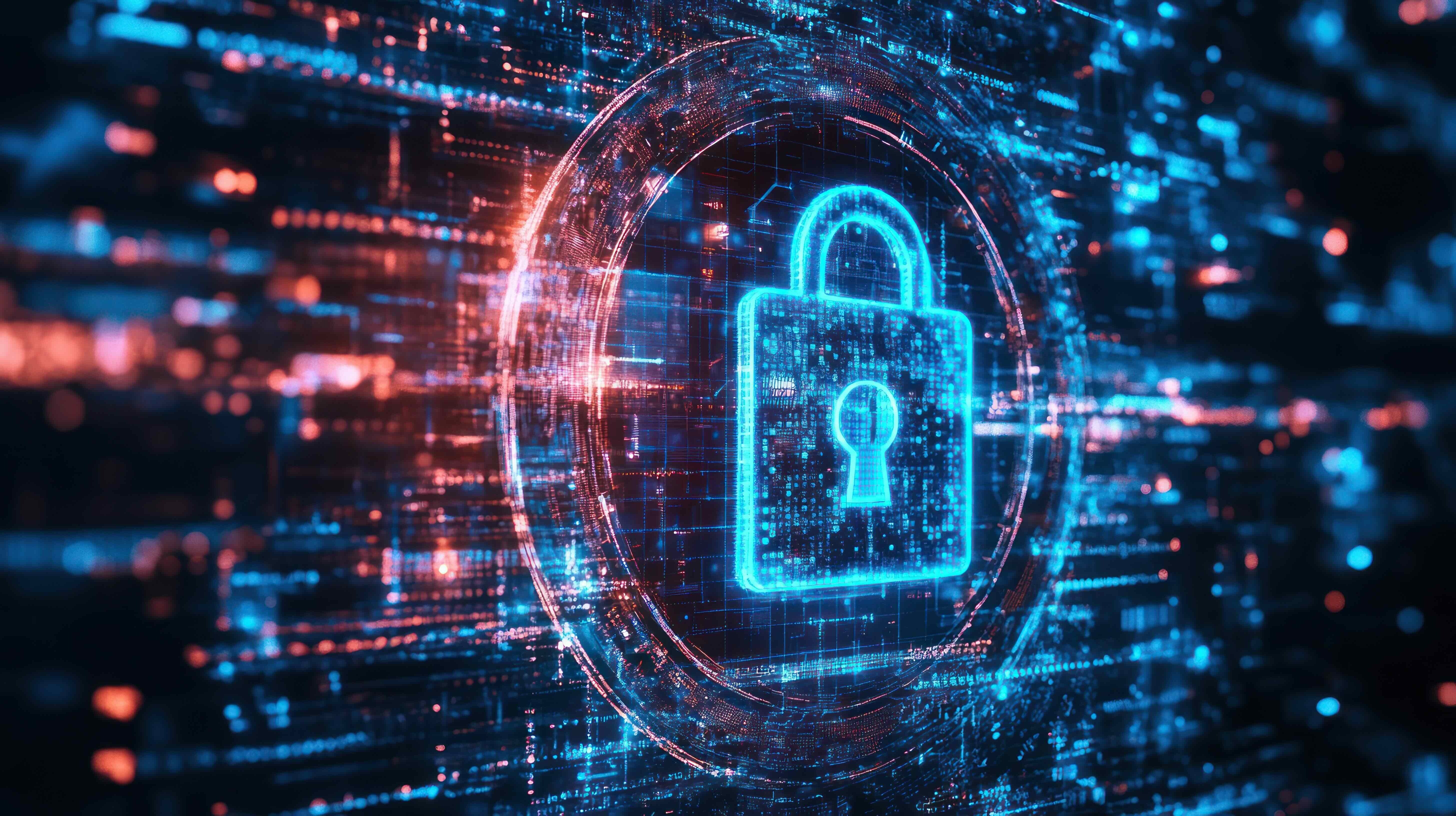Cybersecurity and AI: The challenges and opportunities

Deepfakes, spear-fishing and falsifying data are just some of the cybersecurity risks that can increase as Artificial Intelligence progresses. Image: Unsplash/Wance Paleri
Listen to the article
- As Artificial Intelligence (AI) advances rapidly, so does its potential to be used in cybercrime.
- This problem is particularly acute as the world faces a 3.4 million-person shortage of cybersecurity professionals.
- AI can also be a powerful tool to combat cyber threats — but it must be harnessed responsibly and securely.
Artificial intelligence is already shaping the world around us — and that trend is only set to grow.
The new technology — which has recently undergone vast, expectation-beating improvements — has seeped into virtually every industry, one way or another. It is transforming processes and propelling innovations.
But like most technological advancements, AI brings with it an array of complex challenges, particularly in the domain of cybersecurity.
The transformative potential of AI tools like ChatGPT or Alphabet’s Bard is immense. Their generative capabilities can foster creativity, improve customer service, aid decision-making, and much more. And they, indeed, are just the tip of the iceberg when it comes to the potential of AI. However, these powerful tools are also susceptible to manipulation by cybercriminals, leading to threats that can disrupt corporate systems and inflict significant damage.
The changing cyber-threat landscape
As the sophistication of AI increases, so does the complexity of cyber threats. Consider a scenario where a skilled cybercriminal uses an AI tool to draft a highly personalised spear-phishing message. This message, blending seamlessly with the organization's internal communication style, can deceive even the most vigilant employees. Traditional security systems often prove ineffective against such sophisticated attacks, leaving businesses vulnerable to significant disruption.
Similarly, cyber-attackers can use AI to create deepfake voices and impersonate high-ranking executives. A well-executed deepfake could deceive employees into authorising large unauthorised fund transfers, exploiting human trust to circumvent security measures.
Another potential scenario involves attackers using AI to tamper with a system's data, creating an alluring yet entirely fabricated stock portfolio. The attackers can then profit from this false information before the fraud is detected.
In another possible abuse, an artificial email exchange between top executives appears to discuss a corporate scandal. If leaked, such fraudulent communication could plummet the company's stock price and cause irreparable damage to its reputation.
The global cyber skills gap
The escalating sophistication of cyber threats underscores the importance of skilled cybersecurity professionals. Yet, the global demand for these experts far outstrips the supply. According to the 2022 Cybersecurity Workforce Study by (ISC)², we face a global shortage of 3.4 million cybersecurity professionals.
Africa, in particular, is struggling with this skills gap. According to the Global Knowledge 2022 IT Skills and Salary Report, the continent has the highest percentage of IT decision-makers reporting a significant shortage of cybersecurity skills. This deficiency puts African businesses at heightened risk and hampers their ability to respond to cyber threats effectively.
Addressing the cybersecurity challenge
Addressing the cybersecurity challenge requires concerted efforts from businesses, policymakers and AI developers. Policymakers can play a critical role by creating robust legal frameworks that promote cybersecurity best practices, foster talent development and encourage international cooperation to combat cybercrime.
Businesses must invest in strengthening their cybersecurity infrastructure and training their staff to handle potential threats. This includes regular security audits, incident response planning and promoting a security-first culture. Incorporating AI in cybersecurity strategies can also play a crucial role in identifying threats and improving response times.
AI developers have a unique responsibility to design systems that are robust and resilient against misuse. Techniques like differential privacy and federated learning can be used to protect data. At the same time, efforts like OpenAI's work on AI and cybersecurity research are vital to staying ahead of evolving threats.
Embracing the future
As AI continues evolving and integrating into our daily lives, we must ensure our cybersecurity strategies evolve. The threats are significant — but so too are the opportunities.
AI can be a powerful ally in combating cyber threats, but its potential must be harnessed responsibly and securely. Collaborative efforts from all stakeholders are essential in navigating the challenges and seizing this new digital frontier's opportunities.
Don't miss any update on this topic
Create a free account and access your personalized content collection with our latest publications and analyses.
License and Republishing
World Economic Forum articles may be republished in accordance with the Creative Commons Attribution-NonCommercial-NoDerivatives 4.0 International Public License, and in accordance with our Terms of Use.
The views expressed in this article are those of the author alone and not the World Economic Forum.
Stay up to date:
Cybersecurity
Related topics:
Forum Stories newsletter
Bringing you weekly curated insights and analysis on the global issues that matter.
More on CybersecuritySee all
Julie Iskow and Kim Huffman
November 11, 2025






